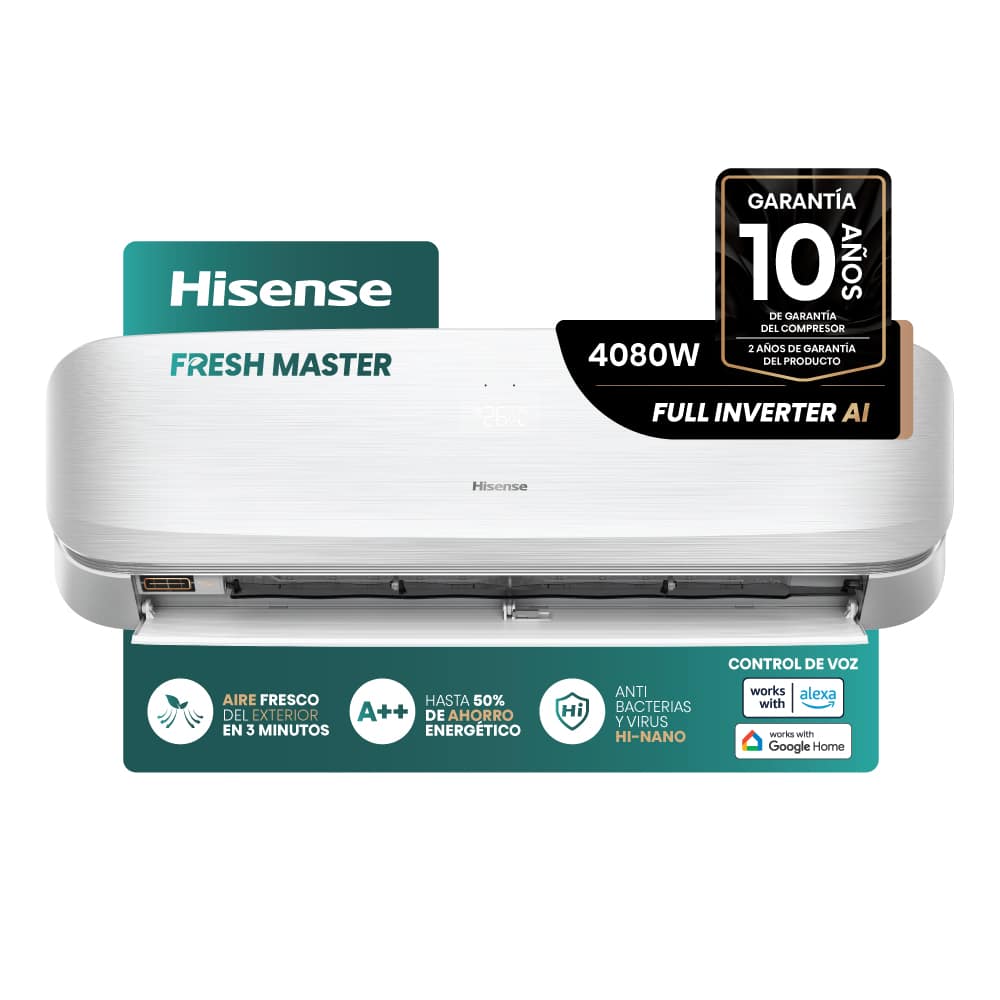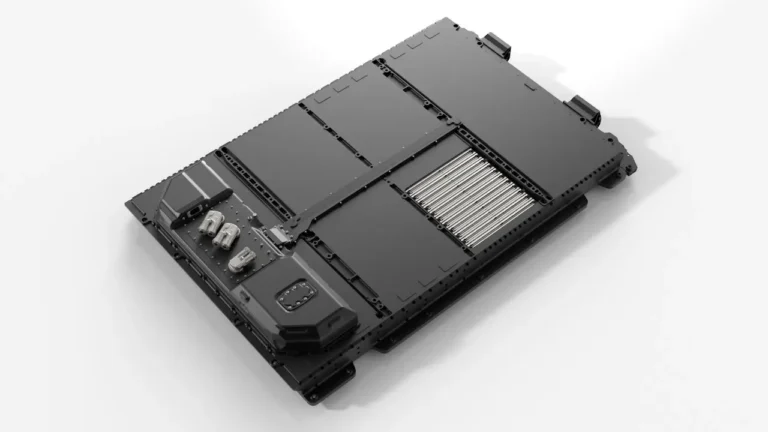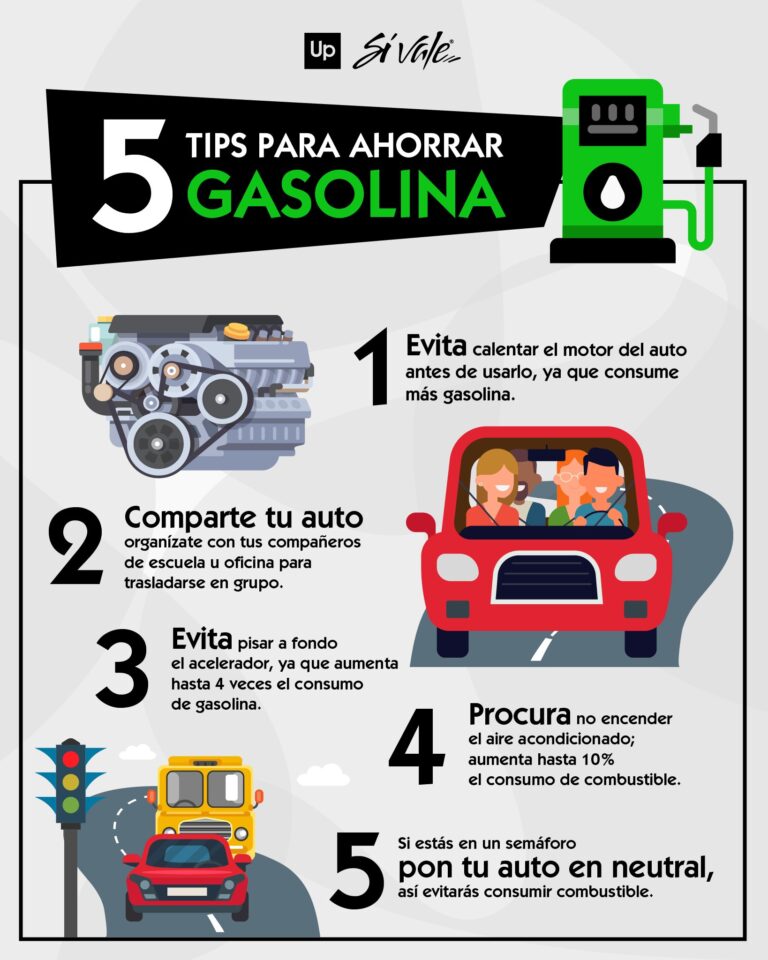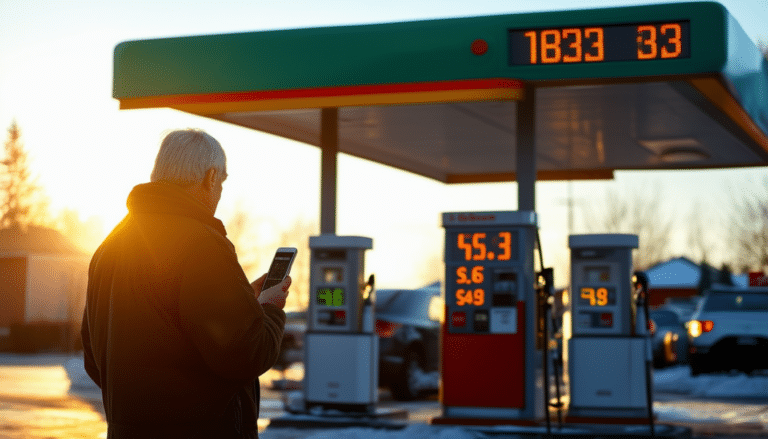Aire acondicionado en el auto: tips to reduce fuel consumption

During the hot summer months, the use of air conditioning in cars can significantly increase fuel consumption. This occurs due to the energy that the cooling system consumes, which comes from the vehicle’s engine. It is essential to know certain recommendations and habits that can optimize the use of air conditioning, thereby achieving a better performance and a decrease in fuel expenses. Below, several practical tips are presented that will help drivers enjoy a cool and economical trip.
During the hottest months, the use of air conditioning in the vehicle can notably increase fuel consumption. Experts warn that this system, although necessary for comfort, is one of the main culprits for the increase in spending on gasoline or diesel. However, with some simple habits and better use of the equipment, it is possible to optimize its performance and reduce consumption. Below, practical tips are presented to make the most of your air conditioning without affecting your budget.
Avoid the “oven effect”
Leaving the car in the sun can create a serious problem known as “oven effect,” where the interior temperature can reach extremely high levels, even up to 70°C. To counteract this, it is recommended to use sunshades or curtains on the windows, as well as opting for tinted films that help reflect heat. If it is not possible to park in the shade, opening the doors and windows for a moment before turning on the air conditioning is a good practice to allow the hot air to escape.
Start with the windows down
When the car has been exposed to the sun, the best way to start cooling it down is to leave the windows open when starting to drive. This allows cool air to enter naturally without needing to consume additional fuel. Once the interior temperature has stabilized, the windows can be closed and the air conditioning turned on to reach the desired comfort level.
Use the recirculation mode
The recirculation button on the air conditioning system is essential, especially during the summer months. Activating this function allows the system to cool only the air that is already inside the vehicle, thereby preventing hot air from entering from outside, which saves energy and allows the cabin to cool down more quickly.
Direct the cold air flows upward
Setting the air conditioning system so that the cold air flows only through the upper vents of the dashboard is a key strategy. Cold air tends to sink, so directing it upward helps maintain a more uniform and comfortable temperature throughout the interior of the car.
Clear the floor to cool the rear passengers
A common complaint is that passengers in the rear seats feel hot, while those in the front are comfortable. To solve this, avoid placing objects under the front seats, as they can obstruct the flow of cold air to the back, allowing all occupants to travel with greater comfort.
Use the right temperature
Recommendations suggest keeping the temperature of the air conditioning at no less than 24°C and ideally at 25° or 26°C. Setting a higher temperature not only improves comfort but also significantly reduces the energy consumption of the system. By increasing the internal temperature, the power requirement for the compressor decreases, resulting in a notable fuel saving.
Turn on the air on routes and highways
Many drivers think that opening the windows at high speeds helps save fuel. However, this can be counterproductive, as it alters the aerodynamics of the vehicle and can increase drag. Therefore, it is more efficient to keep the air conditioning on at a moderate temperature when driving above 80 km/h.
Deactivate the air before arriving
Turning off the air conditioning a few minutes before reaching your destination and leaving only the ventilation on not only prevents unpleasant odors from accumulating but also allows the system to continue blowing cold air without requiring more energy from the compressor.
Keep air filters clean
A clogged air filter can reduce the efficiency of the air conditioning system. It is essential to perform regular replacements of this component to ensure that air flows adequately. A dirty filter not only increases the workload of the compressor but can also generate unpleasant odors inside the vehicle.
Frequently check the air intakes
The air intakes located in front of the windshield can get blocked with leaves and other objects. Regularly checking these areas before starting the engine will help ensure adequate airflow into the vehicle’s interior. This simple action can significantly improve the efficiency of the air conditioning and, therefore, reduce fuel consumption.
By applying these tips, it is possible to reduce the fuel consumption associated with the use of air conditioning in your car, which will positively impact both your budget and the environment. For more information and related strategies, visit this link or consult other resources on energy efficiency at home and in vehicles.
The use of air conditioning in our vehicles has become a vital necessity, especially during the hot summer months. However, it is important to be aware that this system, while providing us comfort, can also significantly increase fuel consumption. According to studies, expenses can rise between 15% and 25% compared to moderate use. Therefore, applying some practical tips becomes essential to optimize its effectiveness and reduce unnecessary expenses.
One of the initial strategies is to avoid the oven effect that occurs when cars are exposed to the sun. Using sunshades or ventilating the cabin before turning on the air conditioning can make a significant difference. It is also effective to start the car with the windows down to allow the hot air to escape, thus optimizing subsequent cooling.
The use of the recirculation function is also crucial, as it reduces energy consumption by cooling only the air that is already inside the vehicle. Additionally, directing the flow of cold air upward helps maintain a more uniform temperature throughout the cabin, preventing the accumulation of hot air at the bottom.
Keeping air filters clean and regularly checking the air intakes allows the system to operate more efficiently, which not only contributes to fuel savings but also improves indoor air quality. Implementing simple habits like these can lead to a more economical and comfortable driving experience.





